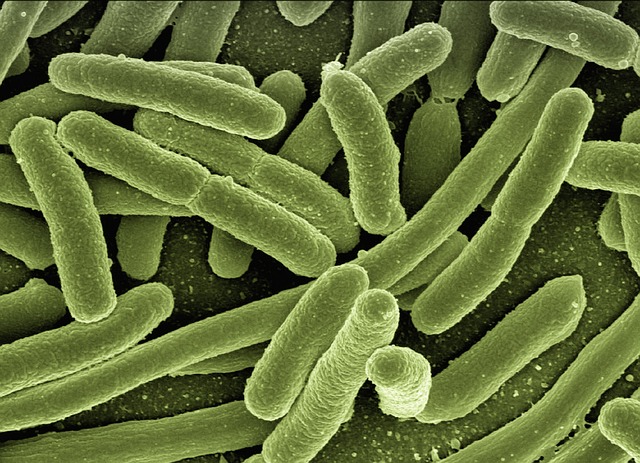
Antigenic Variation
Understanding Antigenic Variation
Antigenic variation is a fascinating and complex mechanism used by pathogens to evade the immune system. This process allows organisms like bacteria and viruses to change their surface proteins, making it difficult for the host's immune system to recognize and combat them. Essentially, it’s like a game of hide and seek, where the pathogen constantly changes its appearance to avoid detection. 🕵️♂️
How Does It Work?
The core idea behind antigenic variation is that pathogens can alter their surface molecules, including proteins and carbohydrates. This alteration can occur through various mechanisms such as:
- Gene Conversion: This involves the replacement of one DNA sequence with another, effectively changing the antigen's structure.
- Site-Specific DNA Inversions: Here, segments of DNA are flipped, which can lead to changes in the antigens expressed on the surface.
- Hypermutation: Some pathogens can rapidly mutate their genetic material, resulting in a diverse array of antigens.
- Recombination: This process mixes genetic material from different sources, leading to new antigenic variations.
These strategies allow pathogens to stay one step ahead of the immune system, making it challenging for the body to mount an effective response. 🦠
Real-World Examples
One of the best-known examples of antigenic variation occurs in the genus Neisseria, particularly with Neisseria meningitidis and Neisseria gonorrhoeae. These bacteria can change their surface proteins frequently, which is why infections can recur even in individuals who have been previously infected. Other notable examples include certain species of Streptococcus and Mycoplasma, both of which also utilize this clever tactic to evade the immune response.
Why Is This Important?
Understanding antigenic variation is crucial for developing vaccines and treatments. When a pathogen can change its surface proteins, it poses a significant challenge for vaccine development, as vaccines often target specific antigens. If those antigens change, the vaccine may become less effective, leading to higher rates of infection. This is particularly relevant in the context of seasonal flu vaccines, which need to be updated regularly to match circulating strains.
Conclusion
Antigenic variation is a brilliant yet troublesome strategy employed by pathogens to survive and thrive in the presence of an immune system. By constantly changing their surface antigens, these organisms can evade detection and re-infect hosts, making it essential for researchers to stay ahead in the fight against infectious diseases. Understanding these mechanisms not only helps in the development of effective vaccines but also enhances our overall knowledge of microbial behavior. 🌍

















 Section 179 and Vehicle Weight Requirements
Section 179 and Vehicle Weight Requirements 
 Health
Health  Fitness
Fitness  Lifestyle
Lifestyle  Tech
Tech  Travel
Travel  Food
Food  Education
Education  Parenting
Parenting  Career & Work
Career & Work  Hobbies
Hobbies  Wellness
Wellness  Beauty
Beauty  Cars
Cars  Art
Art  Science
Science  Culture
Culture  Books
Books  Music
Music  Movies
Movies  Gaming
Gaming  Sports
Sports  Nature
Nature  Home & Garden
Home & Garden  Business & Finance
Business & Finance  Relationships
Relationships  Pets
Pets  Shopping
Shopping  Mindset & Inspiration
Mindset & Inspiration  Environment
Environment  Gadgets
Gadgets  Politics
Politics 